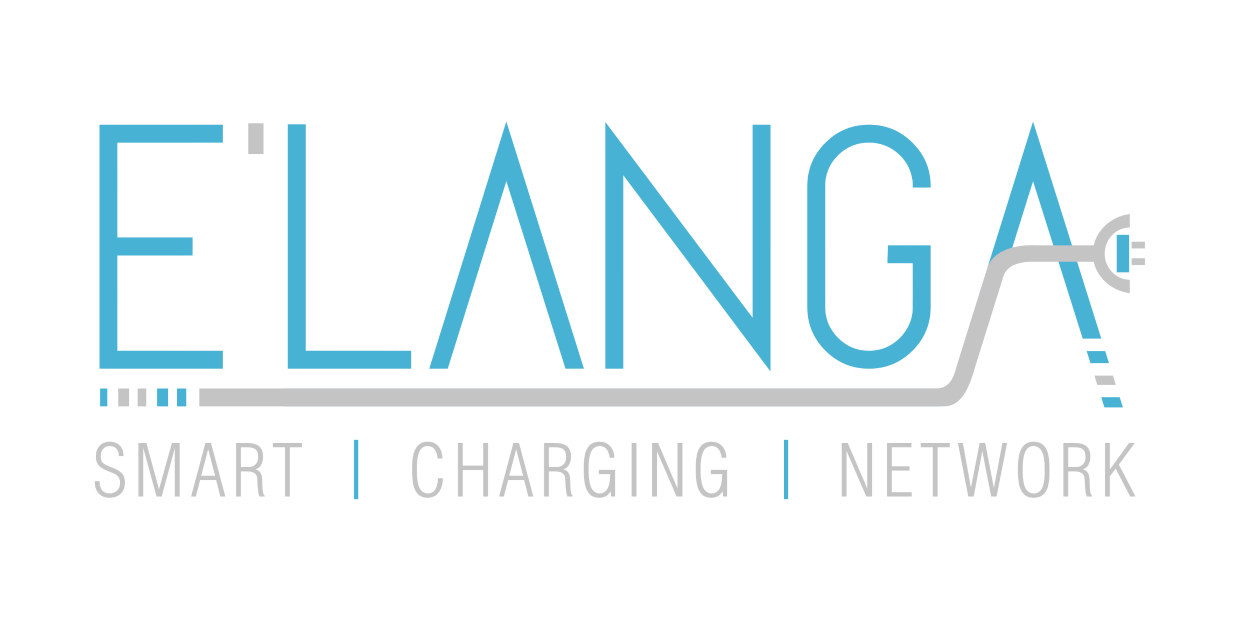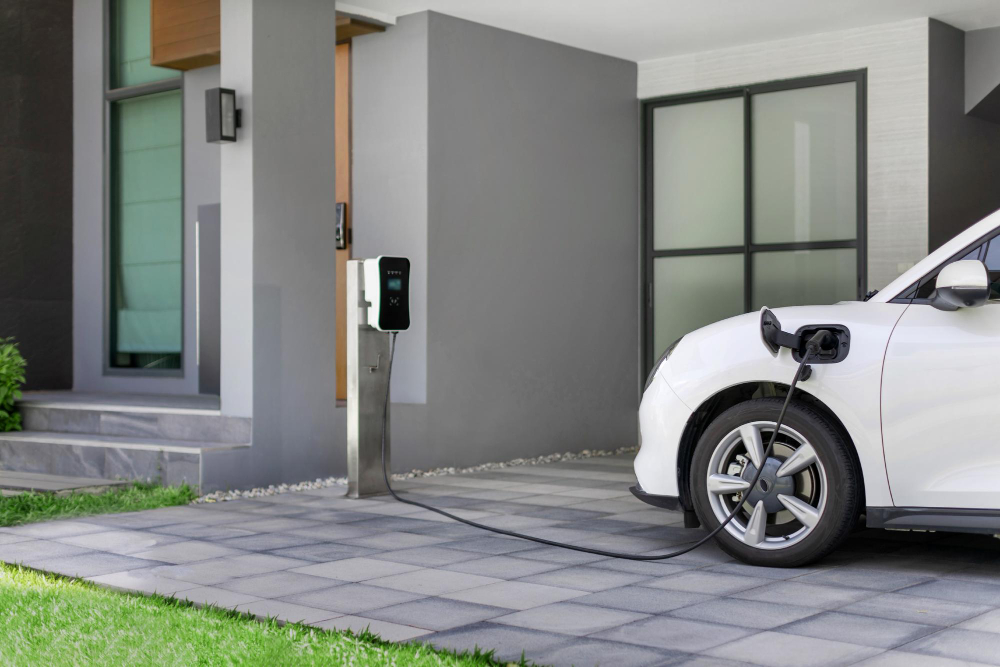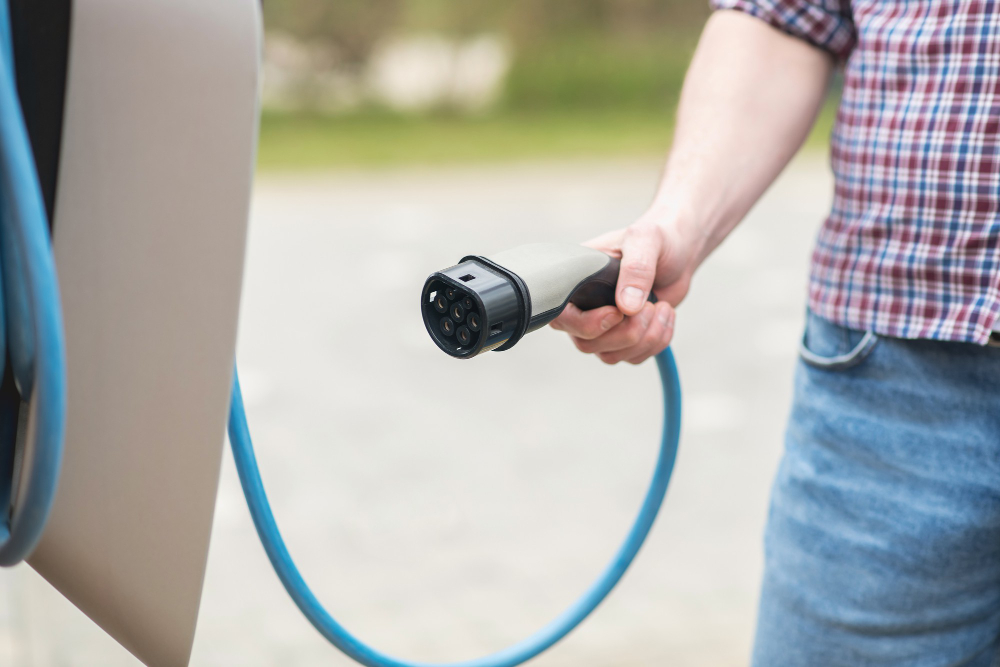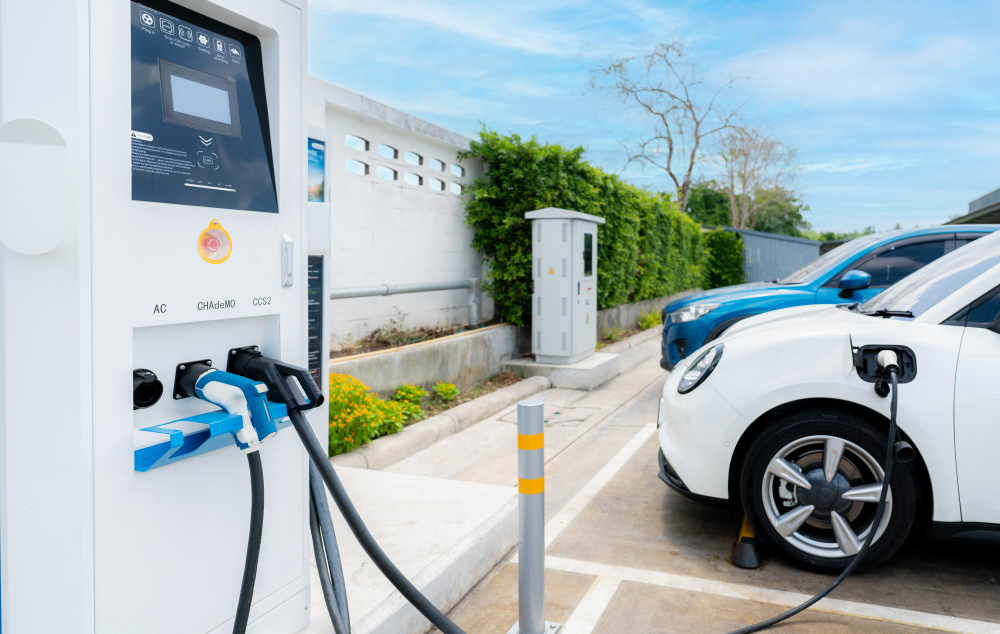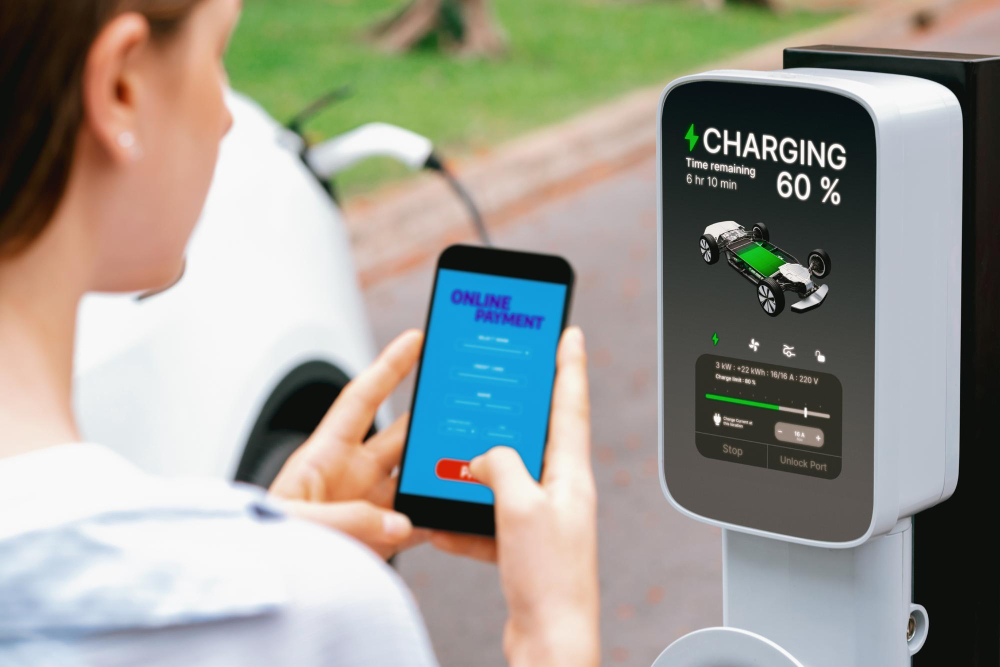Electric vehicle adoption across Australia is accelerating, and with it comes a fundamental shift in how we fuel our cars. The real convenience of EV ownership comes from charging at home and starting each day with a full battery without detours, queues or time wasted. However, installing a home charging station requires more than simply mounting equipment on your wall. Your electrical system, choice of charger, and installation approach all play crucial roles in creating a safe, efficient setup.
Will Your Home’s Electrical System Handle EV Charging?
Before purchasing any equipment, you need to understand what your home can support. Not all properties are automatically ready for the demands of EV charging, this is because most Australian homes operate on single-phase power, which handles EV charging effectively but at moderate speeds. Three-phase power, more common in newer properties enables significantly faster charging and of course provided your vehicle supports it.
Older homes present additional challenges as outdated switchboards and wiring weren’t designed for the continuous load an EV charger demands. If your home was built before 2000, and still has a fuse box rather than circuit breakers, or you’ve never had electrical work done, an upgrade is highly likely. These are essential safeguards against overloading that could compromise your home’s electrical safety.
For households running multiple high energy appliances simultaneously, load management solutions become important. Modern load management technology intelligently distributes power to prevent issues while maintaining efficient charging.
Selecting the Right Charger with Expert Guidance
Professional EV charger installers will help you match equipment to your actual driving patterns and budget. While Level 1 chargers plug into standard outlets, they’re slower and most EV owners quickly outgrow this option.
Level 2 chargers dominate the Australian residential market, delivering 30-50 kilometres per hour. For drivers covering more than 50 kilometres daily, Level 2 is the practical choice and expert installers will ensure proper integration with your electrical system and optimise placement for maximum convenience. Additionally, smart charging features like WiFi connectivity enable scheduling during off-peak rates and solar integration.
You can read more about EV charger types here.
Installation Location is More Important Than You Think
Where you install your charger directly impacts its longevity and daily usability. The location should align with your actual parking habits, with cable length accommodating your routine without creating trip hazards.
Even outdoor rated chargers benefit from some weather protection, because the harsh sun can degrade equipment faster than sheltered installations. Positioning your charger under eaves or in a carport extends its lifespan and reduces maintenance needs.
A professional EV charger installation company will ensure the install meet all regulatory requirements, assess WiFi coverage for smart features, and identify proper ventilation and cable management solutions helping to protect both your property and insurance coverage.
Understanding the Investment
Professional installation involves upfront costs but delivers substantial long term value. Your total investment includes the charger equipment, installation labour and any necessary electrical upgrades. While this represents a significant initial expense, home charging proves far more economical than both public charging and petrol over time.
The fuel savings alone typically recoup your installation costs within a few years. And more importantly, professional installation prevents expensive mistakes. Incorrect installations require costly remediation that often exceeds the cost of doing it right from the start.
Making Your Home Charging Decision
The transition to home EV charging represents an investment in convenience, cost savings and sustainability. To ensure you make the right choice for your home, why not contact our experts? We can assess your property’s specific requirements, recommend appropriate solutions and install your charging system to the highest safety standards.
